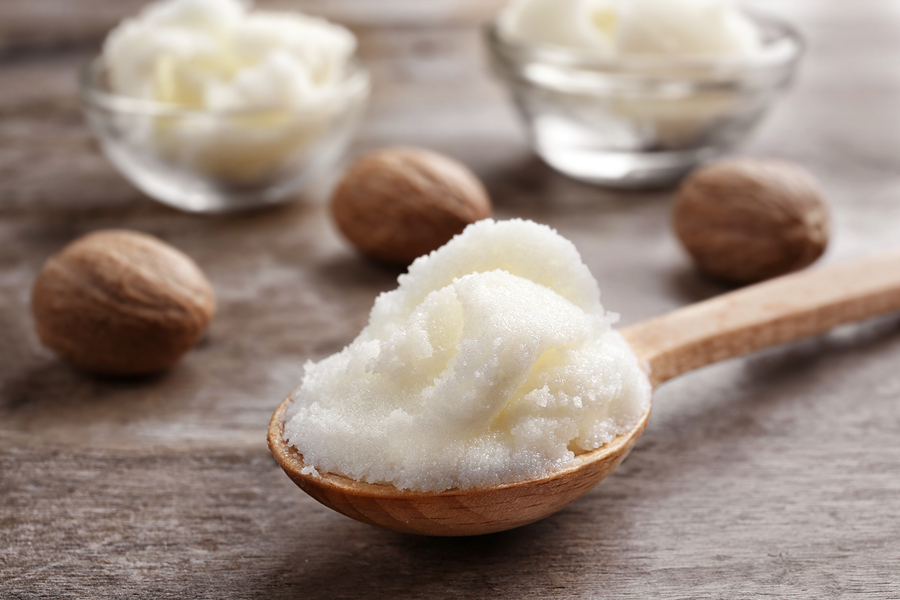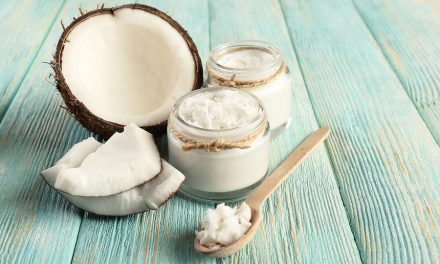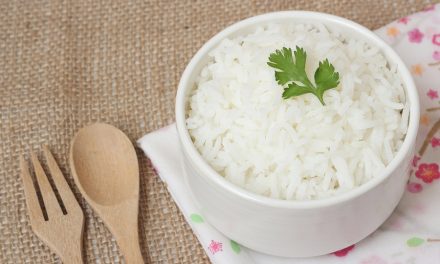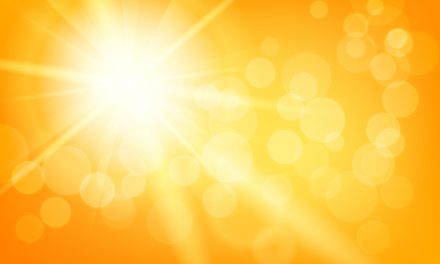Very recently I stumbled upon the YouTube video below about making shea butter lotion and was fascinated. Really. (Once you watch it you will wish the internet had some kind of “touch” vision!) But, not satisfied with just watching the video, I started to do a little research and found that shea butter is not just used to soften skin… it’s actually something every household should have for better looking skin and in the medicine cabinet for minor skin injuries around the house.
Most seed oils can be divided into two important fractions: the saponifiable fraction (which contains the moisturizing properties) and the nonsaponifiable fraction (which contains the majority of the healing properties). What makes shea butter so different from other seed oils is its large healing fraction.
“The healing fraction, contains important nutrients, vitamins, and other valuable phytonutrients required for healing. Depending on the source, the size of the healing fraction may range from 5% and upward. Some report the healing fraction as high as 17%.
…in addition to moisturizing fraction, regular use of this natural cream can treat many skin problems, including blemishes, wrinkles, itching, sunburns, small skin wounds, eczema, skin allergies, insect bites, frost bite, and other skin conditions. It is because of these unique healing properties that the shea tree got its name, the karite tree, which means the TREE OF LIFE.”1
Check out the list of its uses below: 2
1. Dry skin
2. Skin rash
3. Skin peeling, after tanning
4. Blemishes and wrinkles
5. Itching skin
6. Sunburn
7. Shaving cream, for a smooth silky shave.
8. Small skin wounds
9. Skin cracks
10. Tough or rough skin (feet, hands, elbows, knees)
11. Cold weather,
12. Frostbite
13. Stretch mark prevention during pregnancy
14. Insect bites
15. Healthy skin
16. Muscle fatigue, aches and tension
17. Before and after strenuous exercise
18. Skin allergies such as a result of poison ivy or poison oak
19. Eczema
20. Dermatitis
21. Skin damage from heat (i.e. hot grease or water, radiation treatment for certain medical problems, etc).
(Check out the video and then look below to learn all about this amazing oil.)
100%, pure, all-natural shea butter, could just be one of your skin’s best friends. And the skin of everyone else in the house, too. Even babies and kids!
“Shea butter is a skin superfood that comes from the seeds of the fruit of the Shea (Karite) tree and that is naturally rich in vitamins A, E and F. It offers UV protection (it is SPF ~6) and provides the skin with essential fatty acids and the nutrients necessary for collagen production.”3
As you saw in the video above, at room temperature it’s a soft beige color and easily melts in the hands, being quickly absorbed by the skin. Pure, unadulterated shea butter also has a characteristic smell that after 10-20 minutes on the skin is not detectable. Shea Butter is not yellow, green, gray, dark brown, or white nor does it have a cologne or perfume fragrance. If you decide to start using shea, choose raw, unrefined, Grade A shea butter.
Also, you’ll want to properly store your butter:
“Once Shea Butter is aged or loses its natural integrity, many of these wonderful benefits are also lost. For example Shea Butter contains the ingredient cinnamic acid, a substance very closely related to cinnamon in the kitchen cabinet. The Cinnamic acid in Premium Shea Butter is mainly bound to other ingredients. As Shea Butter loses its natural integrity the amount of bounded cinnamic acid decreases, and the amount of free or unbounded cinnamic acid increases.”4
It seems the reduction in bound cinnamic acid correlates to a loss of clinical effectiveness in its healing properties. To prevent this from happening, store it out of direct light or heat, in a glass container.
Unless you have a friend who can bring you shea butter directly from Africa, to avoid any problems when you purchase it, be sure to look for the seal of The American Shea Butter Institute on the container.
If you use the recipe above or another one, share it with us and let us know what you think!












